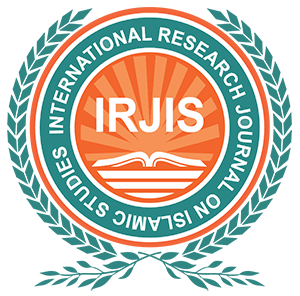ABSTRACT:
This paper aims to describe the dimensions of Da‘wah that have been extracted from a very important and pivotal point of Islamic history and Prophetic Sīrah is known as Migration to Abyssinia. The territory now called Ethiopia has had a revolutionary impact on the upcoming Islamic struggle and preaching of Islam (Da‘wah). Employing the analytical method, we may observe what is the internal Da‘wah dimensions i.e. interior picture of Maccen public and situation against the resistance of anti-Islamic forces very close before migration to Abyssinia. Whereas the external atmosphere is concerned, it describes circumstances after migration concerning Da‘wah uplifting, the role of Najāshī (Aṣḥama ibn Abjar), its later influence and methodology exercised by messengers of Holy Prophet (P.B.U.H). This study finds that this historical event of 615 AD concerning happening closely before and after it, like prophetic letters, embracing Islam by some important personalities, Prophetic strategic insight, and Syednā Ja‘far Ṭayyār’s Da‘wah dialogue, etc. all these factors have great impact scintillating and throwing light upon manifold facets of ‘Invitation towards Islam’. So, from the perspective of migration to Abyssinia, a Da‘wah Paradigm may also be operated in a specific manner in the current environment of the modern era.
Keywords: Migration, Abyssinia, Da‘wah, Strategy, Impact

